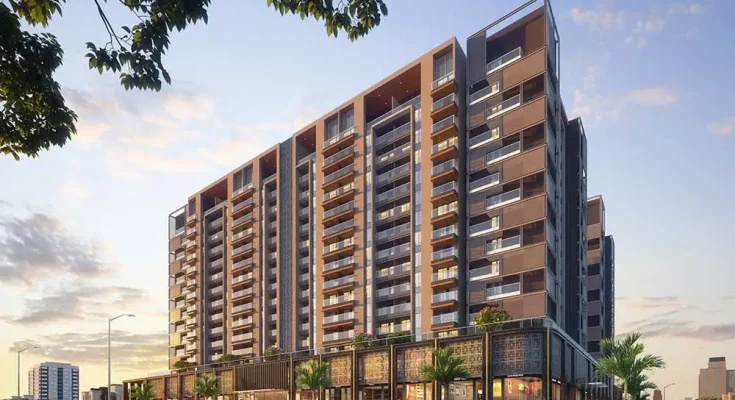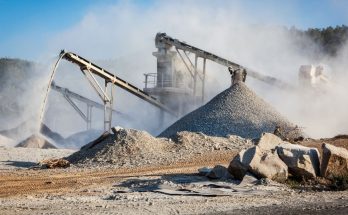Modern construction practices continue evolving toward greater efficiency, quality, and sustainability. The trend of reshaping commercial and institutional projects is the increasing adoption of precast concrete systems. These factory-manufactured structural elements offer precision, consistency, and installation speed unattainable with traditional cast-in-place methods. The true innovation driving this revolution occurs at the intersections, the critical junctions where precast components meet to form cohesive structural systems.
Building blocks of the future
Precast concrete elements represent a fundamental shift in construction philosophy. Rather than forming and pouring concrete on-site under variable conditions, these components emerge from controlled manufacturing environments with precise dimensions, optimized material usage, and consistent quality. This manufacturing approach transforms concrete from an amorphous, field-placed material into standardized building blocks that arrive ready for assembly. The industrialization of concrete construction delivers numerous advantages:
- Reduced weather dependency during construction
- Significantly improved quality control
- Accelerated project schedules
- Enhanced worker safety through factory production
- Lower long-term maintenance requirements
Critical intersection challenge
The remarkable benefits of precast systems materialize only when individual elements successfully integrate into cohesive structures. This integration occurs at connection points, the engineered interfaces where columns, beams, wall panels, and floor systems meet. These critical junctions must transfer structural forces, accommodate dimensional tolerances, and often provide continuity for utilities and building systems.
Traditional connection approaches often created bottlenecks in precast construction. Complex field welding, extensive grouting operations, and labour-intensive post-tensioning systems sometimes negated the speed advantages of factory-manufactured components. Modern precast connections overcome these limitations through innovative design approaches prioritising structural performance and installation efficiency.
Seismic performance advancements
Regions with seismic activity present particular challenges for precast concrete structures. Traditional precast connections sometimes lack the ductility required for earthquake resistance, limiting system applications in seismic zones. Modern connection designs have overcome these limitations through innovative approaches that accommodate structural movement while maintaining load paths during seismic events. These advanced Precast connections enable resilient structures that withstand significant earthquakes with minimal damage. Some systems even incorporate self-centering capabilities that return structures to their original position following seismic events, dramatically reducing post-earthquake repair requirements.
Digital technology increasingly influences precast connection development through multiple pathways. BIM modelling enables precise coordination between connection components before manufacturing begins. Augmented reality systems guide field teams during installation, ensuring proper alignment and assembly. Embedded sensors within advanced connections monitor structural performance throughout building lifespans, providing real-time condition assessment.
Economic drivers of adoption
While technical performance drives engineering interest in advanced connections, economic factors ultimately determine industry adoption. The financial advantages of streamlined precast connections extend throughout the construction process:
- Reduced field labour requirements lower direct installation costs
- Accelerated schedules decrease financing costs and enable earlier occupancy
- Precision manufacturing reduces material waste and environmental impact
- Improved quality control minimizes rework and associated delays
- Standardized connections reduce design time on subsequent projects
With building complexity increasing and schedules compressing, precast connections become increasingly helpful. Projects in urban environments particularly benefit from these systems due to restricted site access and noise limitations. Educational facilities leverage these connections to complete construction during summer breaks, minimizing disruption to academic schedules. Healthcare projects utilize these approaches to reduce construction-related infection control risks and accelerate facility delivery. These sector-specific advantages demonstrate why precast connections continue gaining popularity across the construction industry.



